Not really sure why I'm getting some uneven color here. I think I may have cut too low/with a dull blade and maybe stunted some growth? Not sure and would love another opinion.
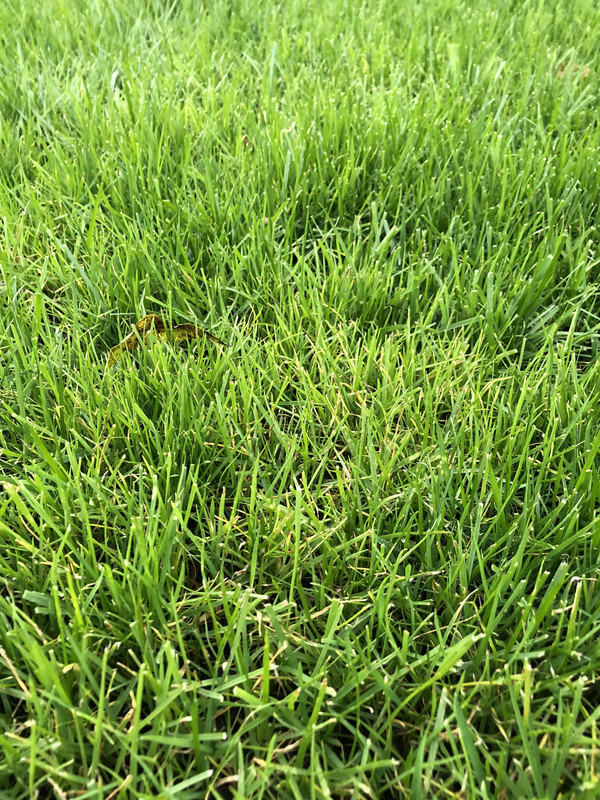
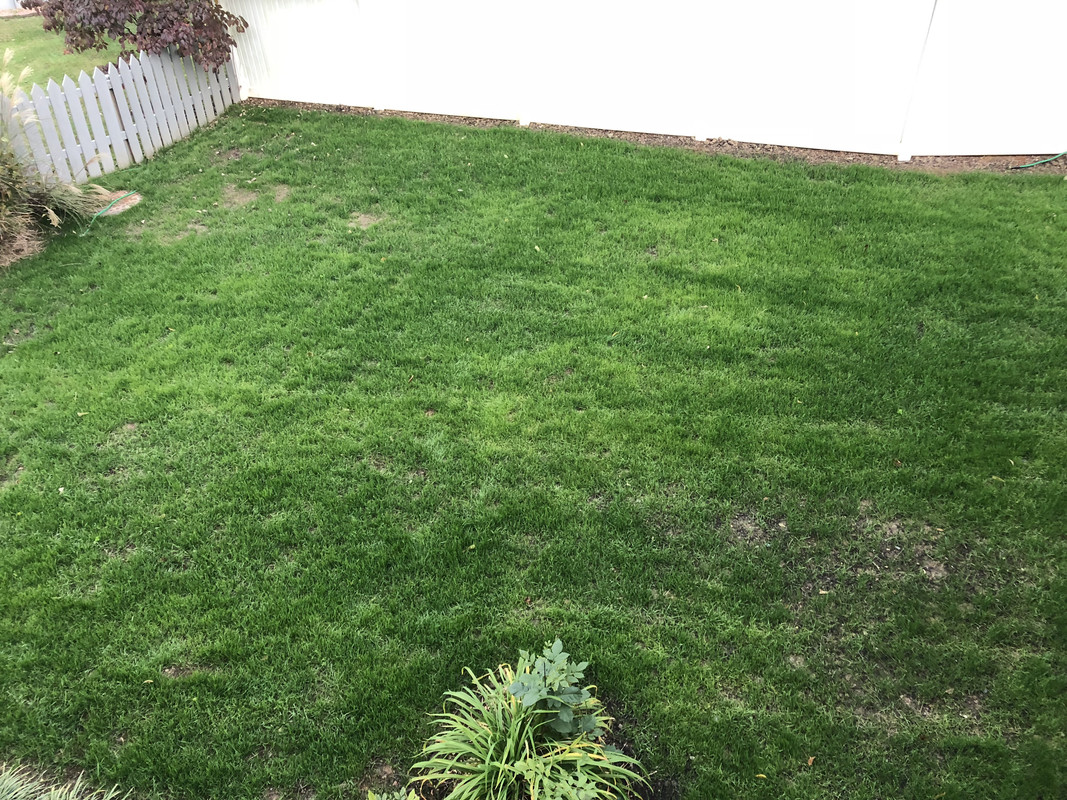
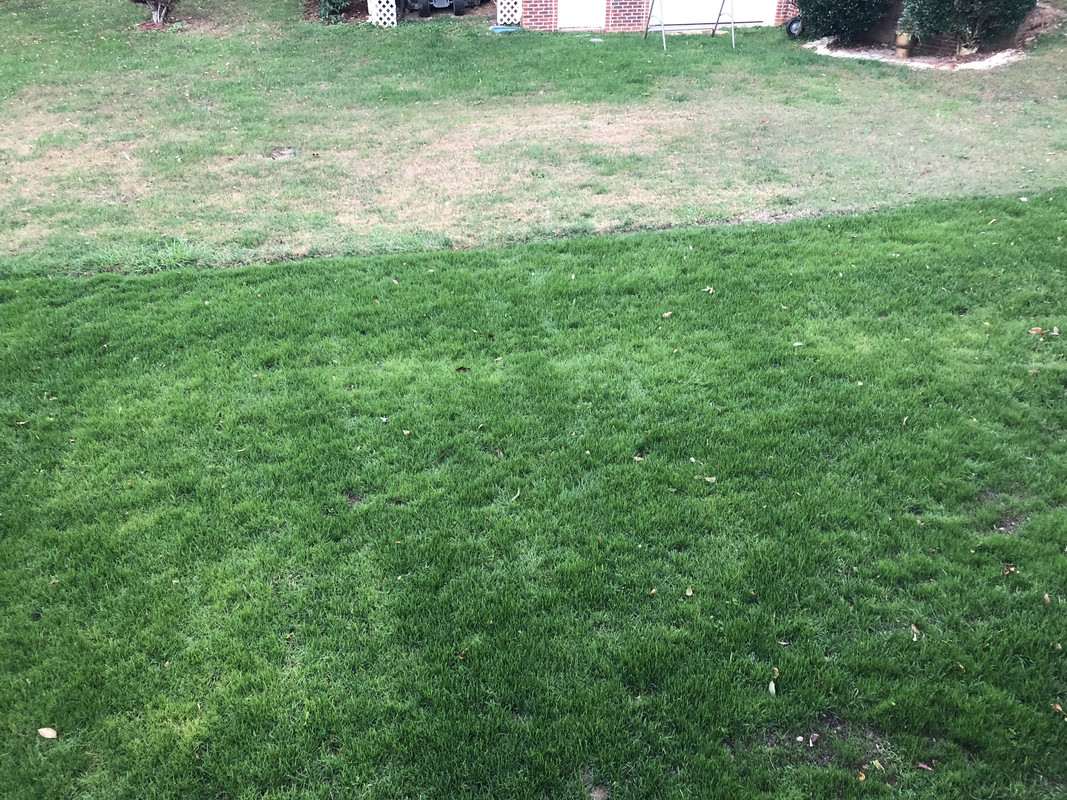







Not sure that it's Poa as the light green grass actually seems to be growing slower than everything around it.FuzzeWuzze said:Poa Triv? Thats whats invading my lawn currently because my Pre-em didnt go down early enough.
You'll notice the light green grass grows taller/faster than the other grass around it. If thats the case its probalby Poa.
I'm leaning this way. I put down some Azoxystrobin to fight off a Pythium blight issue I had about a month so I would suspect that it wouldn't be anything under that umbrella.Chris LI said:From the close up photo, it looks like the beginning of a late season fungal outbreak. You can see some lesions forming (discoloration in certain sections)on several leaf blades, and there are already some dead/brown blades present.
Yeah, I've been putting down about 1/3 lb of Urea a week for the past 3 weeks.Chris LI said:The cold might kill it off. Have you hit first frost or average first frost yet? If you haven't, you might be able to grow it out with spoon feeding some urea.
Where you at in NE Tennessee?Greensby said:Yeah, I've been putting down about 1/3 lb of Urea a week for the past 3 weeks.Chris LI said:The cold might kill it off. Have you hit first frost or average first frost yet? If you haven't, you might be able to grow it out with spoon feeding some urea.
Tri-Cities area, why do you ask?TN Hawkeye said:Where you at in NE Tennessee?Greensby said:Yeah, I've been putting down about 1/3 lb of Urea a week for the past 3 weeks.Chris LI said:The cold might kill it off. Have you hit first frost or average first frost yet? If you haven't, you might be able to grow it out with spoon feeding some urea.
Could be overly saturated soil. I'll look at the sprinkler placement a little closer when I get home. Though, I haven't watered since last week after my Urea application. I'll check for compaction, but that would also be surprising since i just put down a few tons of nice, loose top soil and compost over the entire lawn prior to the reno. Sub-surface rocks could also be an issue because I'm not sure what was under the existing lawn pre-reno.social port said:@Greensby I recognize that look. I saw it in my big reno last year, and I've noticed it in other reno lawns this year. I don't have a clear answer, but here is what I think:
Sharp blades are important, but I don't think that happened because of dull blades.
The mind always goes to N deficiency, but it sounds like you've got your bases covered there.
Iron perhaps?
In my own situation, I tried to link it up to overly saturated soil or excess moisture on the blades. That could lead to some kind of fungus. However, I could never draw a conclusion. The discoloration was present for most of the winter, with varying severity. In early spring, it promptly disappeared.
If I were to encounter this again, I would not panic. I would be mindful of putting extra water down in this area. I would test for compaction or subsurface rocks. I would give some thought to fungicide apps (though I would pass on this). I would make sure that I am not missing the areas with my N apps. And then I would look to spring, hoping that it regains its color and starts a growth pattern consistent with the rest of the grass.
FWIW
Haven't looked at root depth yet. But as another poster suggested if I do have root depth issues, I may have some sub-surface rocks that could be causing the issue.Wlodyd said:This looks similar to the problems I'm seeing in my lawn. I have been thinking I need to sharpen my blade, and the areas are particularly thick, so could be related. Are your areas shallow rooted at all? I wasn't too concerned about mine until I was able to pull them up so easy, just a light pinch and a pull and I'd bring a whole bunch of growth up.
I'm in the the same area. About 20 minutes from Johnson City. I think we are the only ones east of Knoxville that I have seen.Greensby said:Tri-Cities area, why do you ask?TN Hawkeye said:Where you at in NE Tennessee?Greensby said:Yeah, I've been putting down about 1/3 lb of Urea a week for the past 3 weeks.
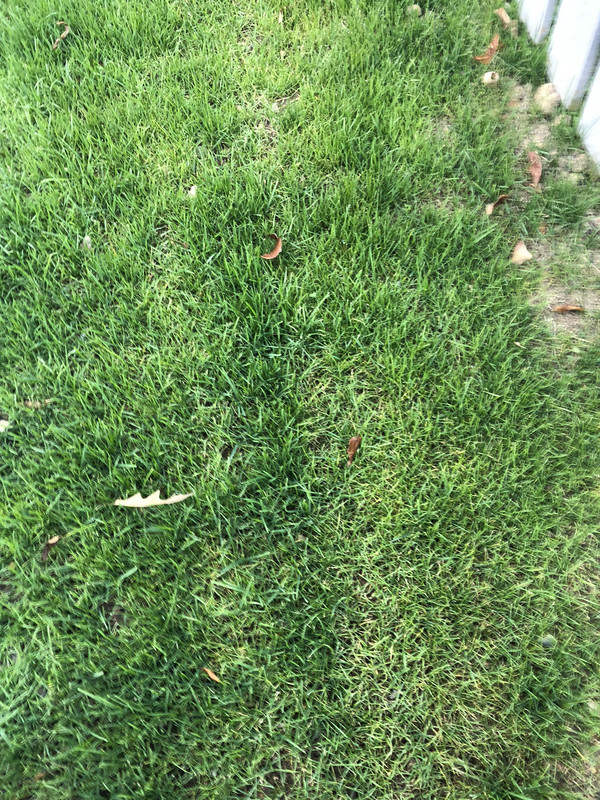
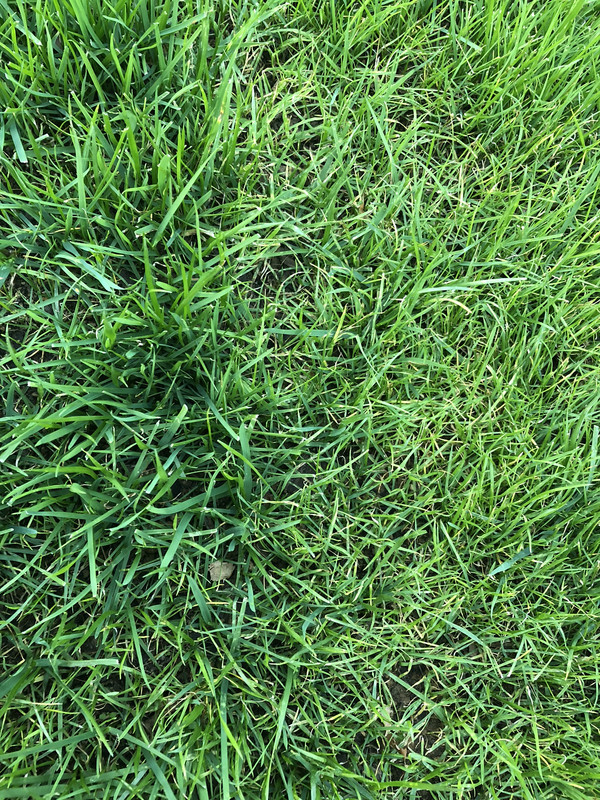
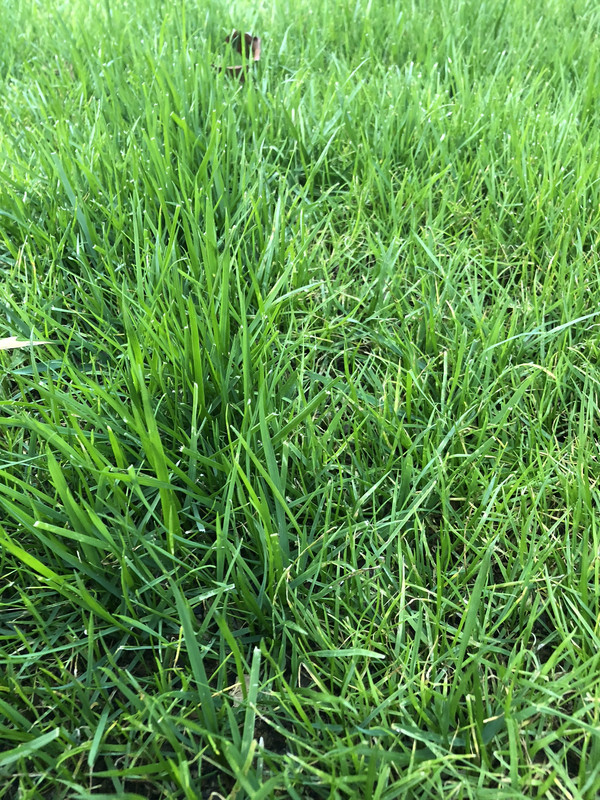
Checked for shallow roots and it seemed well rooted. Screwdriver test didn't seem to hit anything of notice. No core aeration at all. This one is really throwing me for a loop. The only thing I've come across that looks similar is pythium root, but I think I would have loose roots, and I treated pythium about a month ago..Miggity said:Did you tug on it to check for shallow roots yet? A long screwdriver will detect sub soil rocks. Have you core aerated in the last two years? Stolons spread by core aeration would cause the same striping pattern.
1.Lack of nitrogen - I would be surprised if it were this, as I have been applying about 0.3 lbs/M per week for the last 3 weeks.g-man said:The images are out of focus. I cant see the leaf damage too good. I see 3 possibilities: lack of nitrogen, leaf spot or maybe gray leaf spot. When was the last time you fertilize? What rate of azoxy and how far back? more than 30days? I also dont see TTTF in the area struggling. Is this a reno?
